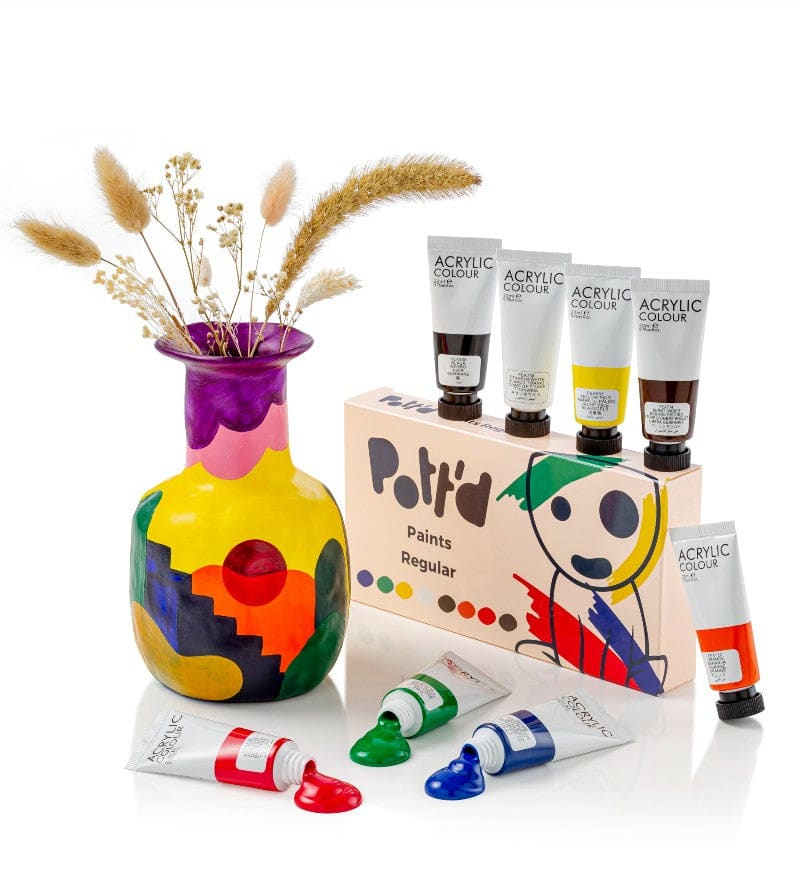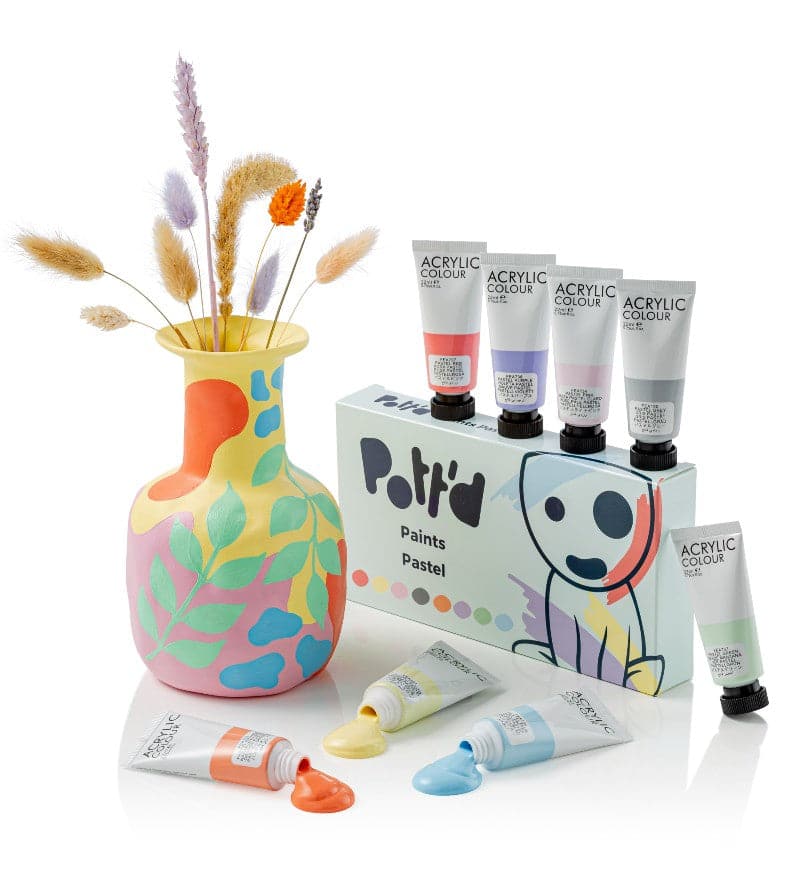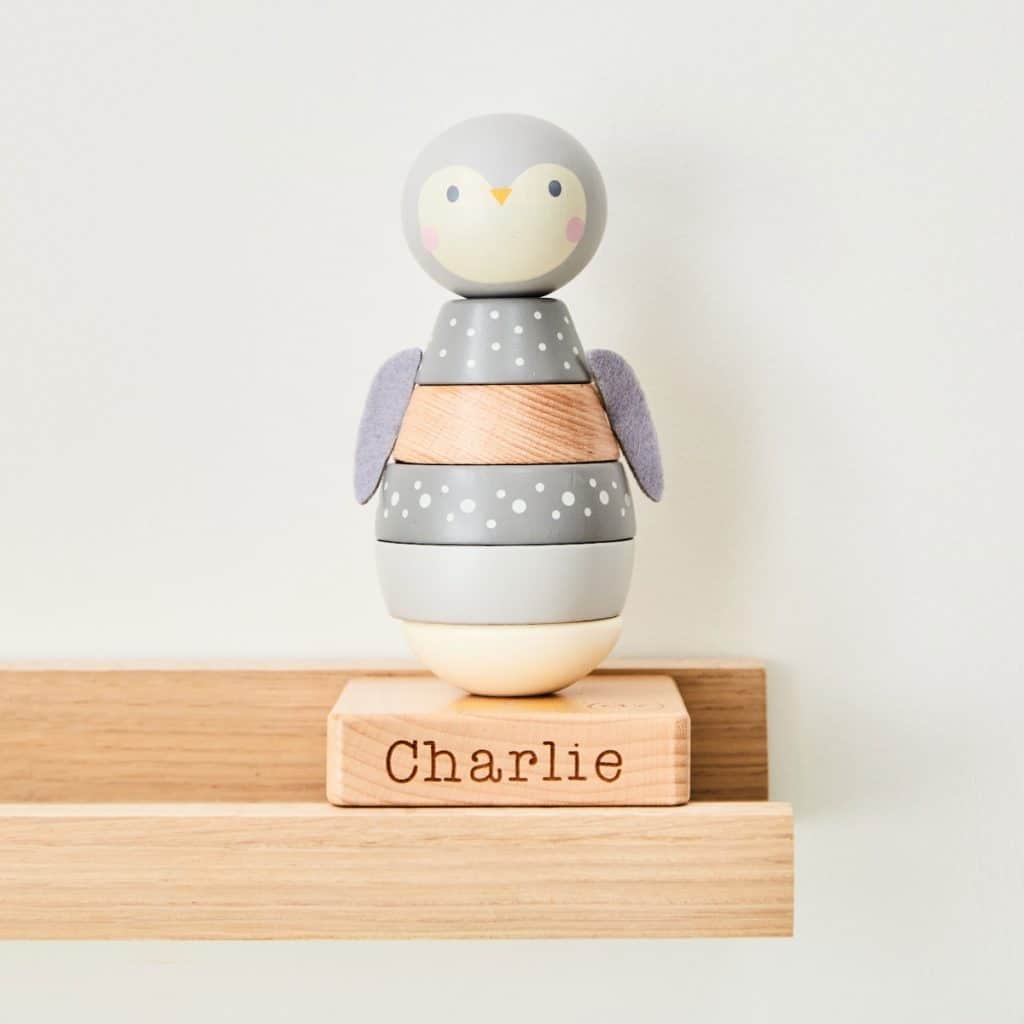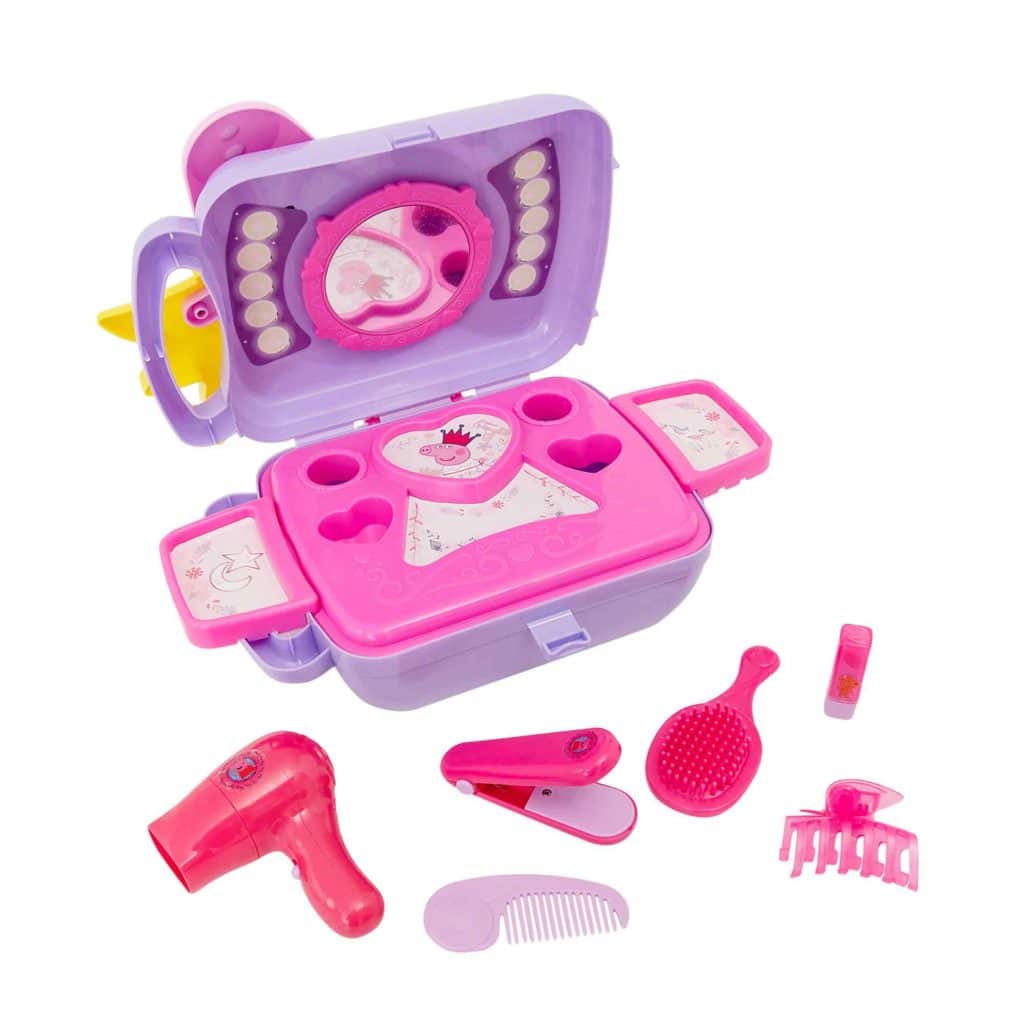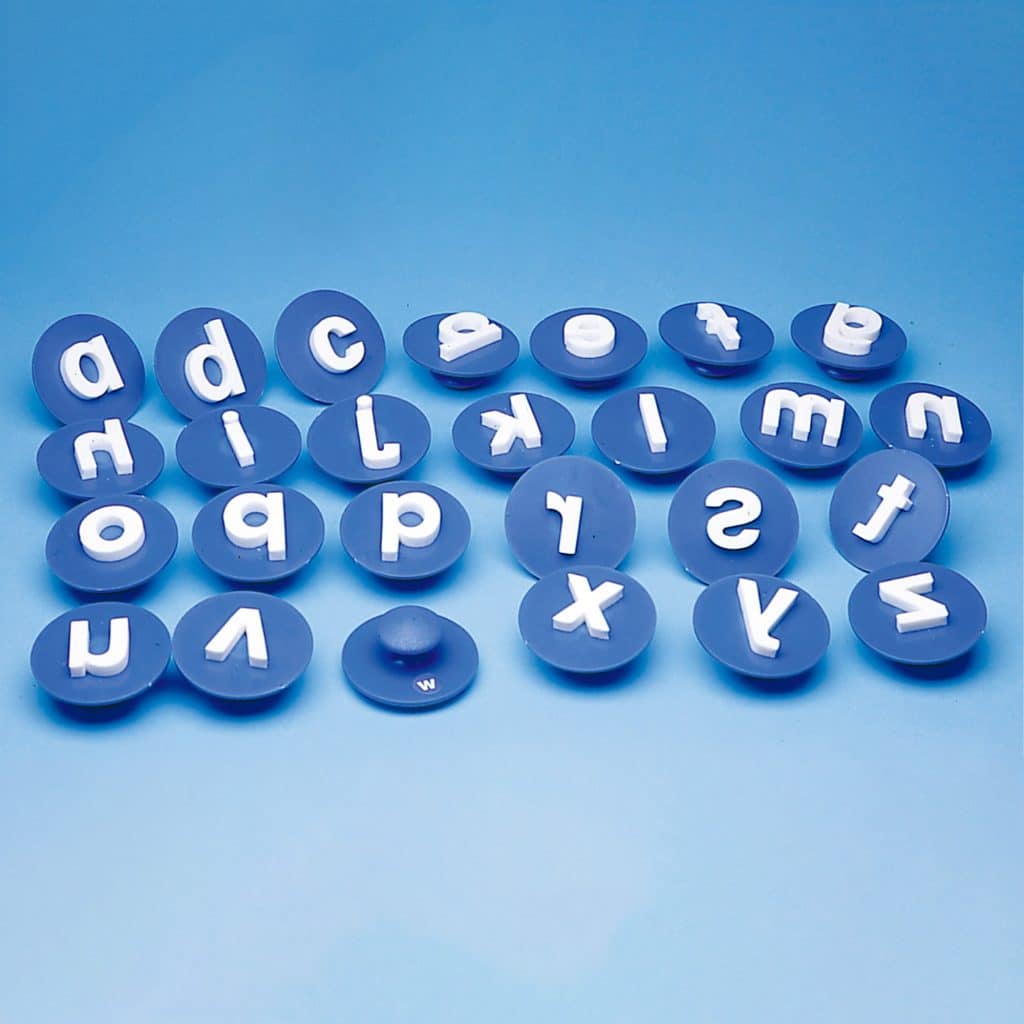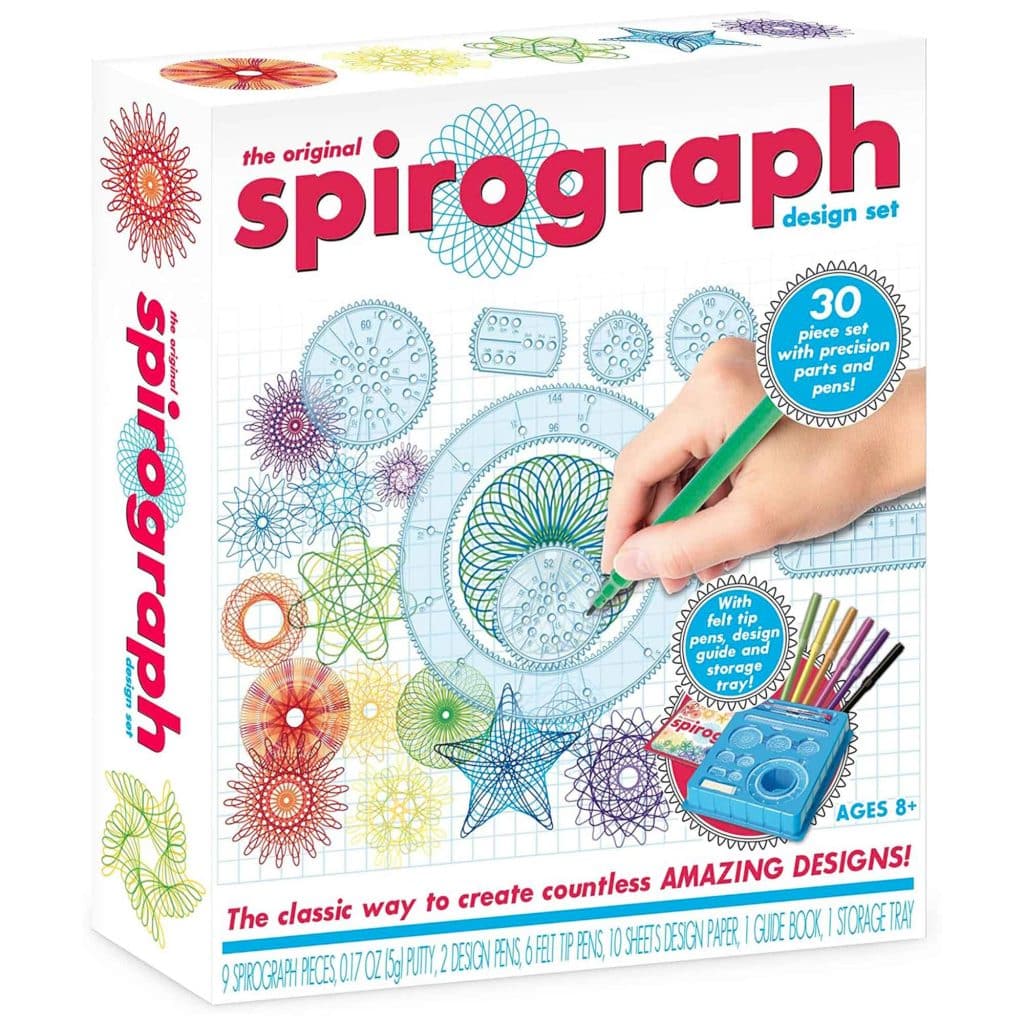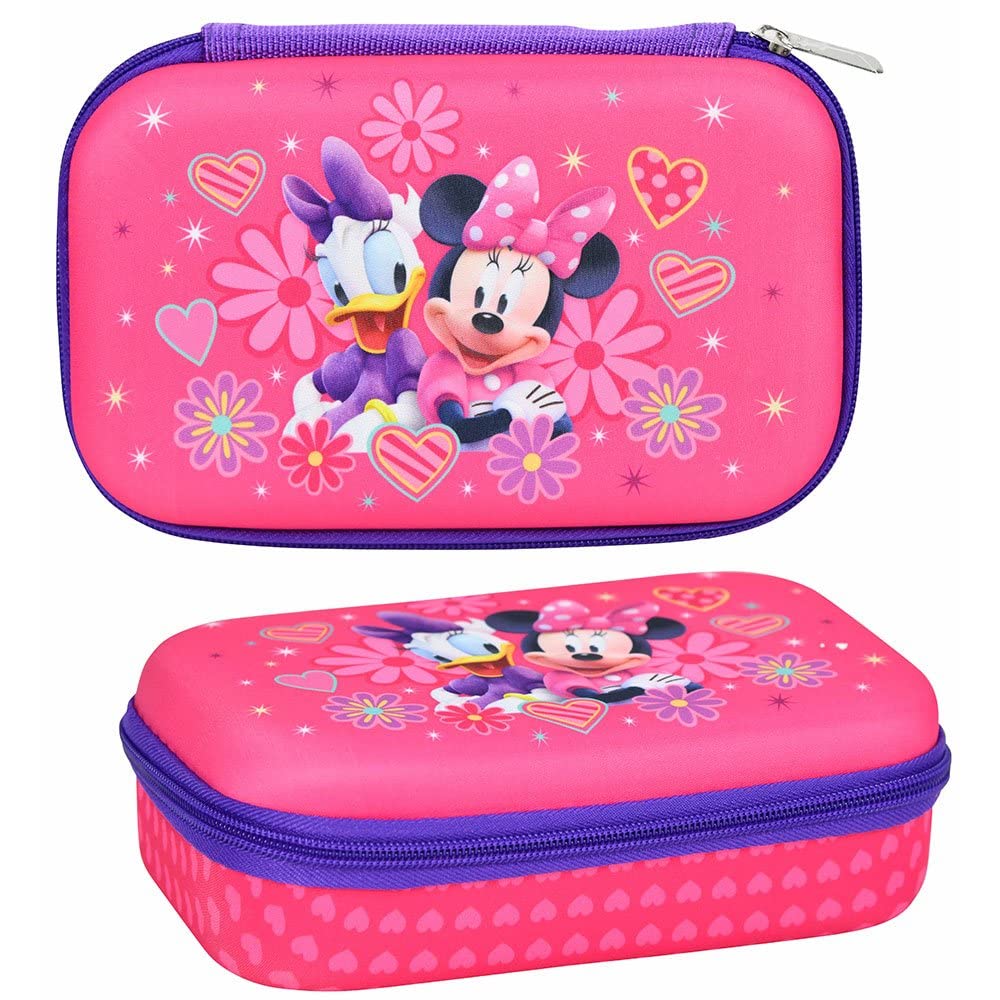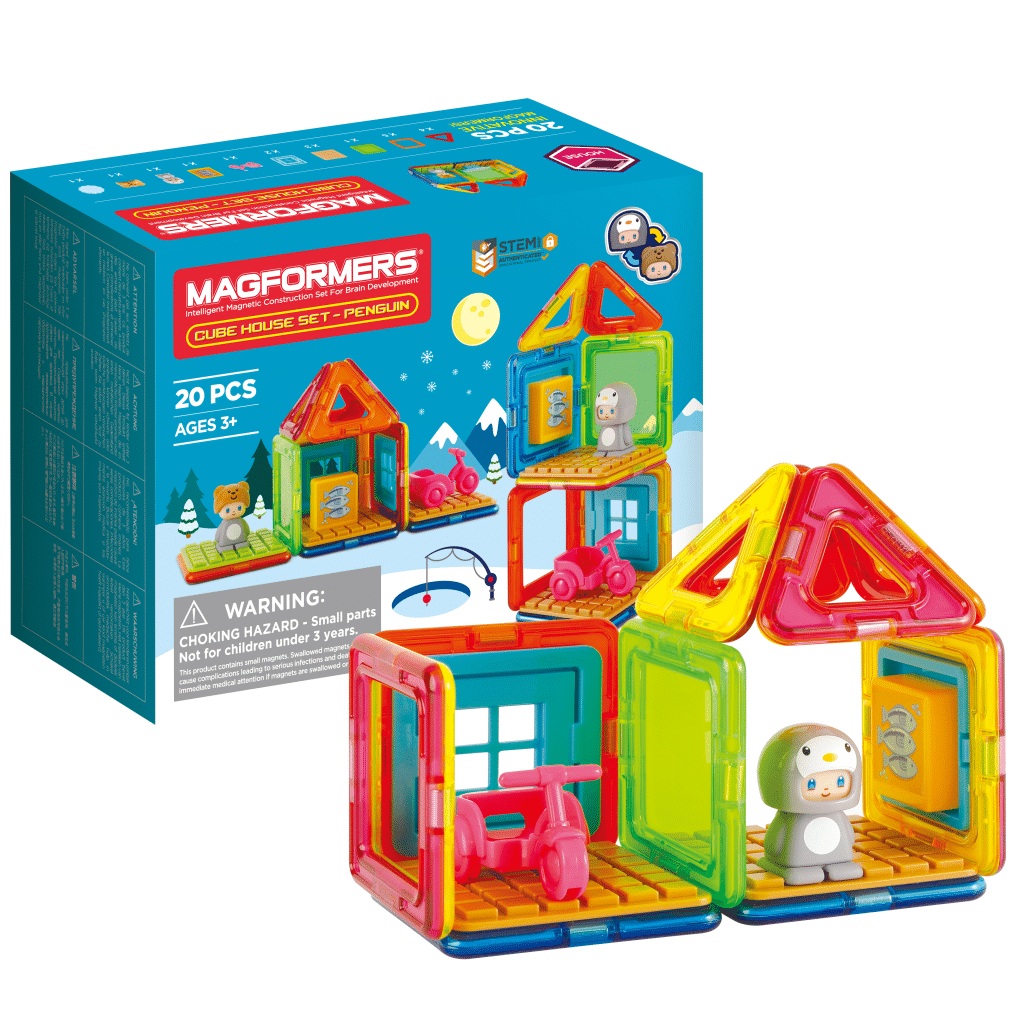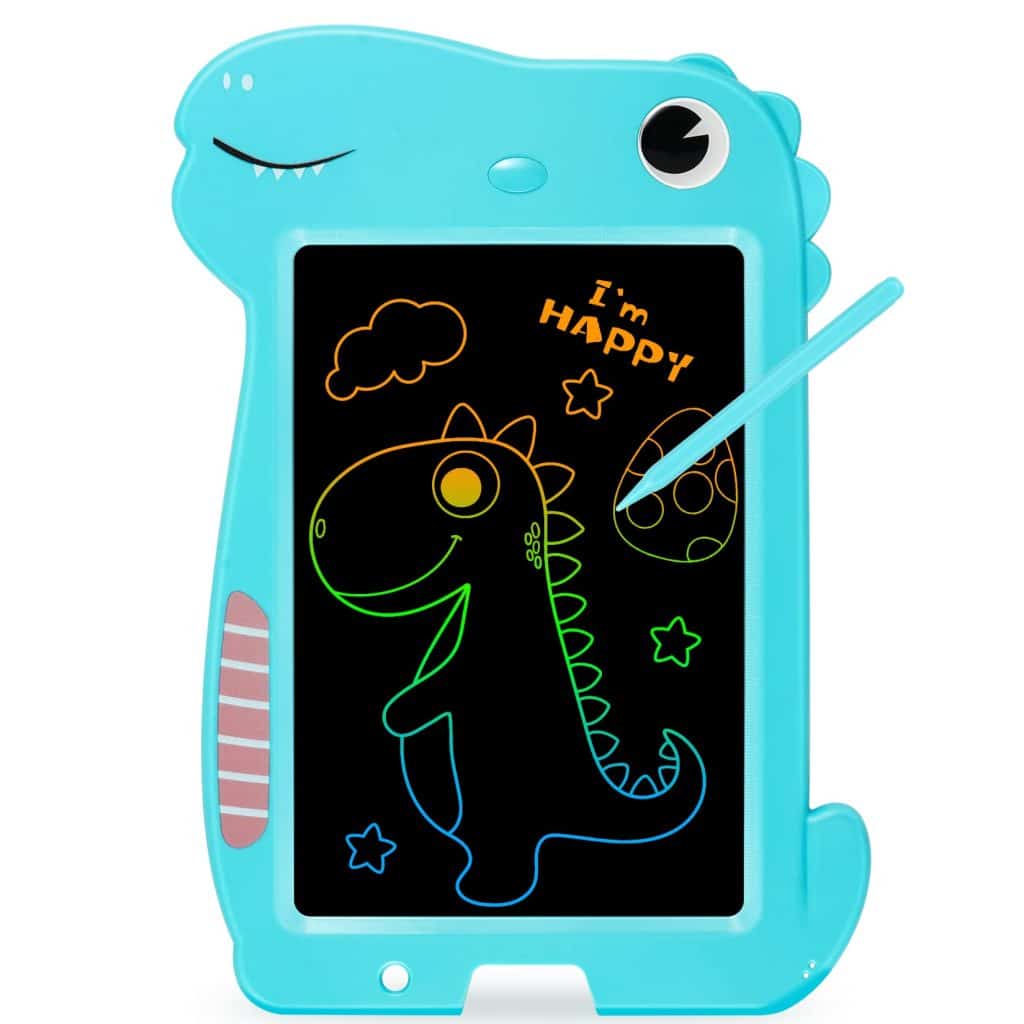Table of Contents
Arts and crafts encompass a broad range of creative activities involving making things with one’s hands and skills, often expressing personal creativity and cultural heritage. They can be done for pleasure, relaxation, learning, or as a professional occupation. Below, I will explore the various facets of arts and crafts in a more general context, beyond children’s activities.
Definition and Scope:
Arts and crafts cover a spectrum that includes both traditional fine arts, such as drawing and painting, and applied arts, like woodworking or pottery. The term can refer to handcrafted items that are both functional and decorative.
Historical Significance:
The Arts and Crafts movement was an international trend in the decorative and fine arts that began in Britain and flourished in Europe and America between about 1880 and 1920. It stood for traditional craftsmanship using simple forms and often applied medieval, romantic, or folk styles of decoration.
Contemporary Arts and Crafts:
In today’s context, arts and crafts can include an incredibly diverse set of activities, including, but not limited to:
- Textile Crafts: Knitting, crochet, quilting, embroidery, weaving, and dyeing.
- Paper Crafts: Card making, scrapbooking, paper mache, and origami.
- Decorative Crafts: Pottery, ceramics, mosaics, glass art, and stained glass.
- Fashion Crafts: Jewelry making, beadwork, and accessory creation.
- Wood and Metal Work: Carving, woodworking, furniture making, metalworking, and blacksmithing.
- Visual Arts: Painting, drawing, sculpture, printmaking, and photography.
DIY Culture:
Do-it-yourself (DIY) culture has significantly boosted the popularity of arts and crafts. The internet has made it easier to learn new skills, access tutorials, and purchase supplies. Social media platforms and online marketplaces have also enabled artisans to share and sell their creations worldwide.
Tools and Materials:
- Basic Tools: These can range from simple items like scissors, needles, and brushes to more complex machinery like sewing machines, laser cutters, or 3D printers.
- Materials: Depending on the craft, materials can include anything from yarn and fabric to wood, metals, beads, clay, paint, and paper.
Benefits:
Engaging in arts and crafts can offer numerous benefits, including:
- Stress Relief: Many find the rhythmic and repetitive nature of certain crafts to be meditative and relaxing.
- Cognitive Development: Crafting can enhance creativity, improve concentration, and even delay cognitive decline in older individuals.
- Fine Motor Skills: Many crafting activities require precise hand movements, thus improving dexterity and coordination.
- Social Interaction: Crafts can be a social activity, whether done in a group setting or shared online.
Educational Aspect:
- Art Education: Learning about different techniques and styles helps build a deeper appreciation of art history and cultural significance.
- Workshops and Classes: Many people take up arts and crafts through formal classes, community college courses, or workshops in local art stores or studios.
Economic Impact:
Arts and crafts are not just hobbies; they are also significant contributors to the economy. Artisans and crafters contribute to local and national economies through the production of goods and by teaching their skills to others.
Environmental Impact:
There’s a growing trend within the arts and crafts community to use sustainable and ethically sourced materials. Upcycling—turning waste materials or unwanted products into new materials or products—is also popular.
Cultural Impact:
Crafts are an essential part of cultural heritage and identity. Many communities have specific crafts associated with them that are expressions of their traditions and beliefs.
Technology and Innovation:
With advances in technology, arts and crafts have expanded to include digital arts like photography, digital painting, and even coding as a form of crafting digital experiences.
Arts and Crafts as Therapy:
Art therapy uses the creative process of making art to improve a person’s physical, mental, and emotional well-being. Crafts, too, are often used therapeutically to aid recovery, provide a sense of calm, or give a means of expression for those who find it hard to convey their feelings in words.
In conclusion, the arts and crafts world is multifaceted and inclusive, offering something for everyone regardless of skill level or interest. They embody a timeless appeal that nurtures human connection, personal fulfillment, and cultural continuity.

